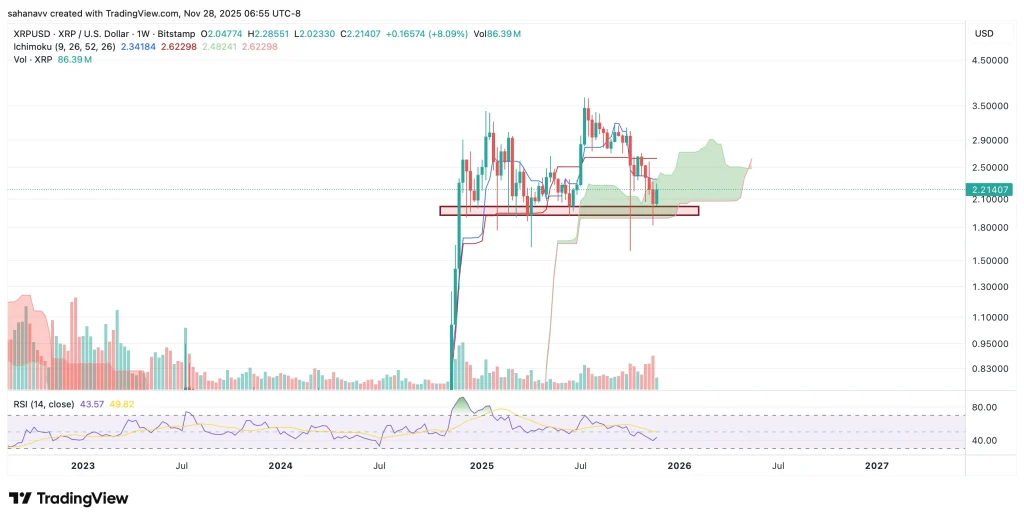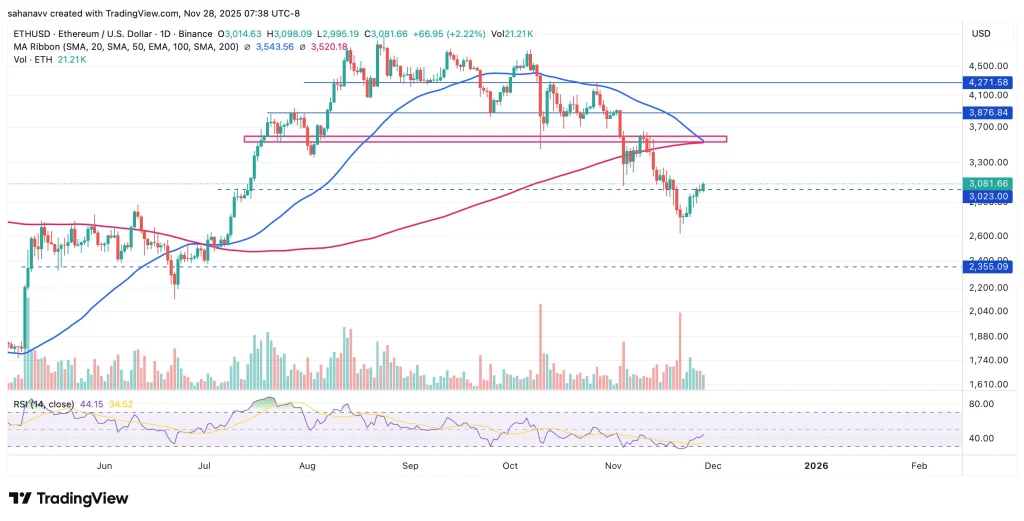The recent Bitcoin price drop to $111,964.01 reflects typical crypto market volatility, influenced by macroeconomic factors and technical levels, presenting both risks and buying opportunities for investors.
-
Bitcoin’s dip below $112,000 signals critical market support tested, affecting altcoins and investor sentiment.
-
Multiple factors including regulatory news and whale activity contribute to price fluctuations.
-
Historical data shows Bitcoin often recovers after corrections, emphasizing long-term resilience.
Bitcoin price drop analysis reveals key market drivers and strategies. Stay informed and make smart investment decisions today.
What Does the Recent Bitcoin Price Drop Indicate for Crypto Investors?
The Bitcoin price drop below $112,000 is a significant event that impacts the entire cryptocurrency market. As the leading digital asset, Bitcoin’s decline typically triggers a downward trend in altcoins, causing widespread portfolio adjustments. This price level acts as a crucial psychological and technical support. Investors should monitor whether Bitcoin rebounds quickly or sustains below this threshold, as it influences overall market sentiment and potential future movements.
Which Factors Are Driving the Bitcoin Price Decline?
Several intertwined factors contribute to the Bitcoin price drop. Macroeconomic instability, including inflation concerns and geopolitical tensions, prompts investors to reduce exposure to volatile assets. Regulatory developments, such as stricter policies or tax changes, increase uncertainty. Additionally, large holders selling significant amounts (“whales”) can flood the market, accelerating declines. Technical analysis also plays a role; breaking key support levels like $112,000 triggers automated and manual sell-offs. Finally, negative news and widespread fear, uncertainty, and doubt (FUD) amplify selling pressure.
| Current Price | $111,964.01 | Recent trading level on Binance USDT market |
| Previous Support Level | $112,000 | Key psychological and technical threshold |
| Market Sentiment | Cautious/Bearish | Driven by current downward price action |
How Has Bitcoin Historically Recovered from Price Drops?
Bitcoin price drops have been frequent but typically followed by recoveries and new highs. Past corrections, such as the 2018 bear market and the 2021 downturn, demonstrate Bitcoin’s resilience. After significant declines, the market often consolidates before regaining momentum. This pattern suggests that current dips, while unsettling, may be temporary corrections within a long-term upward trend. Investors should distinguish between short-term volatility and fundamental shifts.
What Strategies Can Investors Use During a Bitcoin Price Drop?
During a Bitcoin price drop, adopting a disciplined approach is vital. Dollar-cost averaging (DCA) helps reduce the impact of volatility by spreading purchases over time. Rebalancing portfolios ensures alignment with investment goals and risk tolerance. Conducting thorough research on assets strengthens conviction. Risk management, including setting stop-loss orders and limiting exposure, protects capital. Staying informed through reliable sources without succumbing to market noise supports better decision-making.
What Could the Future Hold After This Bitcoin Price Drop?
Predicting Bitcoin’s exact path post-drop is complex due to multiple influencing factors. However, growing institutional adoption and its scarcity underpin long-term value. Key indicators to watch include trading volumes, futures funding rates, and macroeconomic data. A swift recovery above $112,000 may signal a false breakdown, while prolonged weakness could indicate further declines. Investors should focus on fundamentals and maintain strategic discipline amid volatility.
-
Bitcoin price drop is a normal market cycle reflecting volatility and investor sentiment.
-
Multiple factors, including macroeconomic and regulatory events, influence price movements.
-
Historical trends show Bitcoin’s ability to recover and grow over time.
Conclusion
The recent Bitcoin price drop highlights the cryptocurrency market’s inherent volatility and the importance of informed investment strategies. Understanding the causes, historical recovery patterns, and actionable approaches can help investors navigate downturns effectively. Maintaining a long-term perspective and disciplined risk management remains key to capitalizing on future growth opportunities in the evolving digital asset landscape.
Frequently Asked Questions
Is this Bitcoin price drop a sign of a bear market?
A single Bitcoin price drop does not necessarily indicate a bear market; it may be a short-term correction. Bear markets involve prolonged declines over months.
What should I do if my Bitcoin investment is losing value?
Consider your investment plan: options include holding, dollar-cost averaging, or rebalancing. Avoid emotional reactions to market swings.
How long do Bitcoin price drops typically last?
Duration varies widely. Some corrections last days or weeks, others several months. Past data shows recoveries are common but timing is uncertain.
Can regulatory news cause a significant Bitcoin price drop?
Yes, regulatory developments often trigger uncertainty and fear, leading to rapid sell-offs and notable price declines.
Is it a good time to buy Bitcoin after a price drop?
Many see dips as buying opportunities, but it depends on your financial goals, risk appetite, and research. Make informed decisions.
Key Takeaways
- Bitcoin price drop impacts market sentiment: It influences altcoins and investor behavior.
- Multiple factors drive price declines: Macroeconomic, regulatory, whale activity, and technical triggers.
- Historical resilience: Bitcoin often recovers after corrections, supporting long-term investment views.
- Strategic responses: Dollar-cost averaging, portfolio rebalancing, and risk management are essential.
- Future outlook: Institutional interest and scarcity support Bitcoin’s long-term value despite volatility.
Conclusion
The Bitcoin price drop exemplifies the volatile nature of cryptocurrency markets. By understanding the causes and historical context, investors can adopt effective strategies to manage risk and capitalize on opportunities. Staying informed and maintaining a long-term perspective are crucial for navigating these fluctuations and positioning for future growth in the digital asset space.
-
The cryptocurrency market is experiencing notable volatility as Bitcoin dips below $112,000, impacting investor sentiment and altcoin performance.
-
Multiple factors including macroeconomic conditions, regulatory scrutiny, and whale movements contribute to this price decline.
-
COINOTAG experts emphasize the importance of strategic investment approaches during such market fluctuations.
Bitcoin price drop analysis reveals key market drivers and strategies. Stay informed and make smart investment decisions today.
Bitcoin Price Drop: Understanding the Recent Market Shock
The recent Bitcoin price drop to approximately $111,964.01 marks a critical moment for crypto investors. This price level serves as a key support threshold, influencing market dynamics and trader behavior. The dip has triggered cautious sentiment across the ecosystem, with altcoins following Bitcoin’s lead. Understanding the underlying causes and potential outcomes helps investors navigate this turbulent phase.
What Are the Main Causes Behind Bitcoin’s Price Decline?
Several factors contribute to Bitcoin’s recent price drop. Global economic uncertainty, including inflation and geopolitical tensions, drives risk-off behavior. Regulatory announcements increase market anxiety, while large holders’ sell-offs amplify downward pressure. Technical breakdowns at key support levels, such as $112,000, trigger automated selling. Additionally, negative news and FUD exacerbate market fears, leading to rapid price declines.



